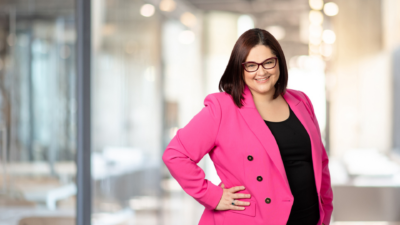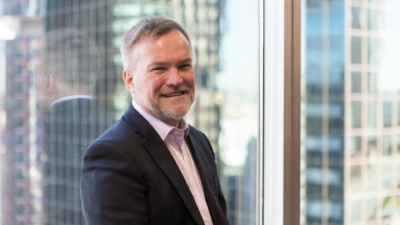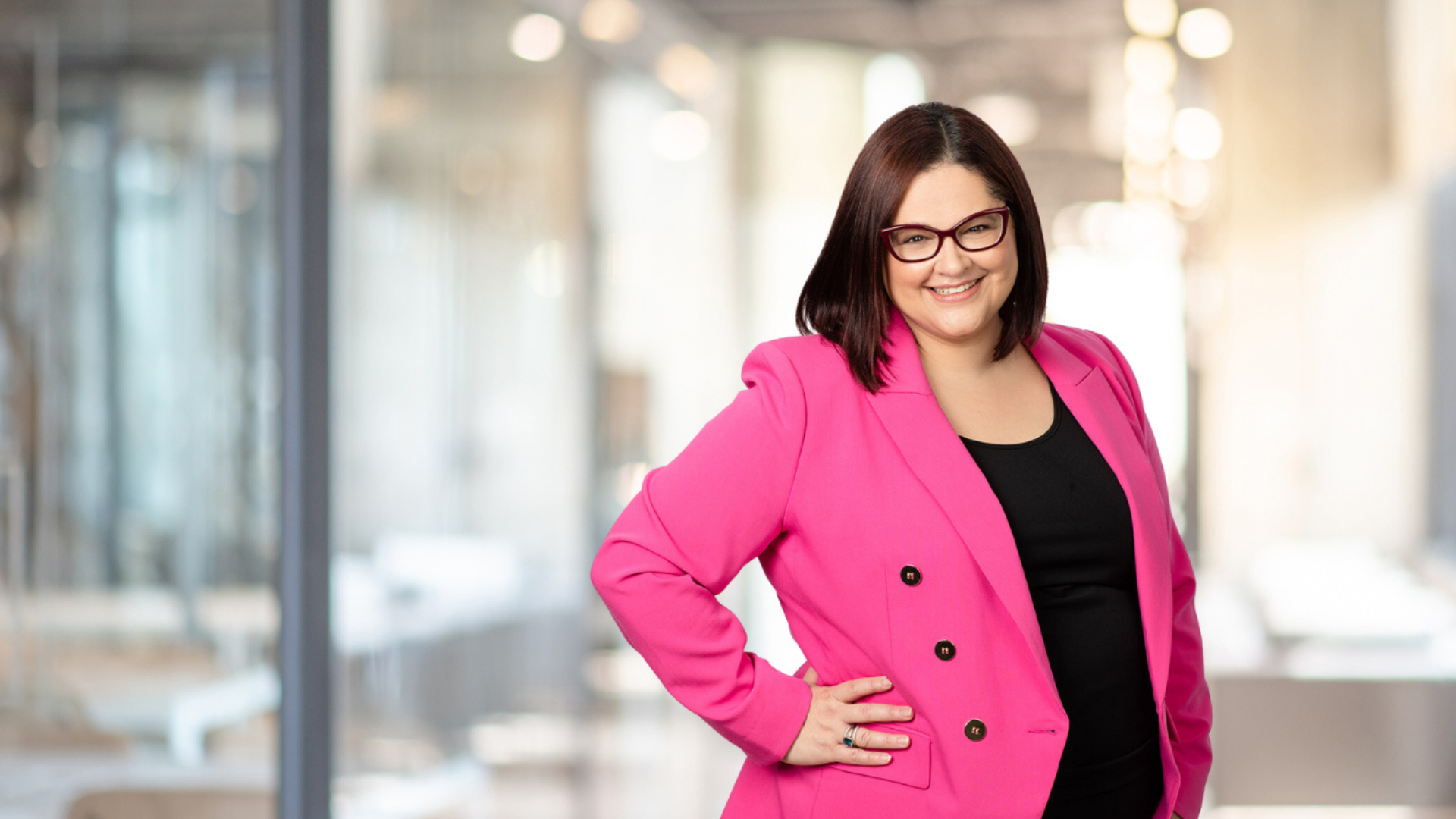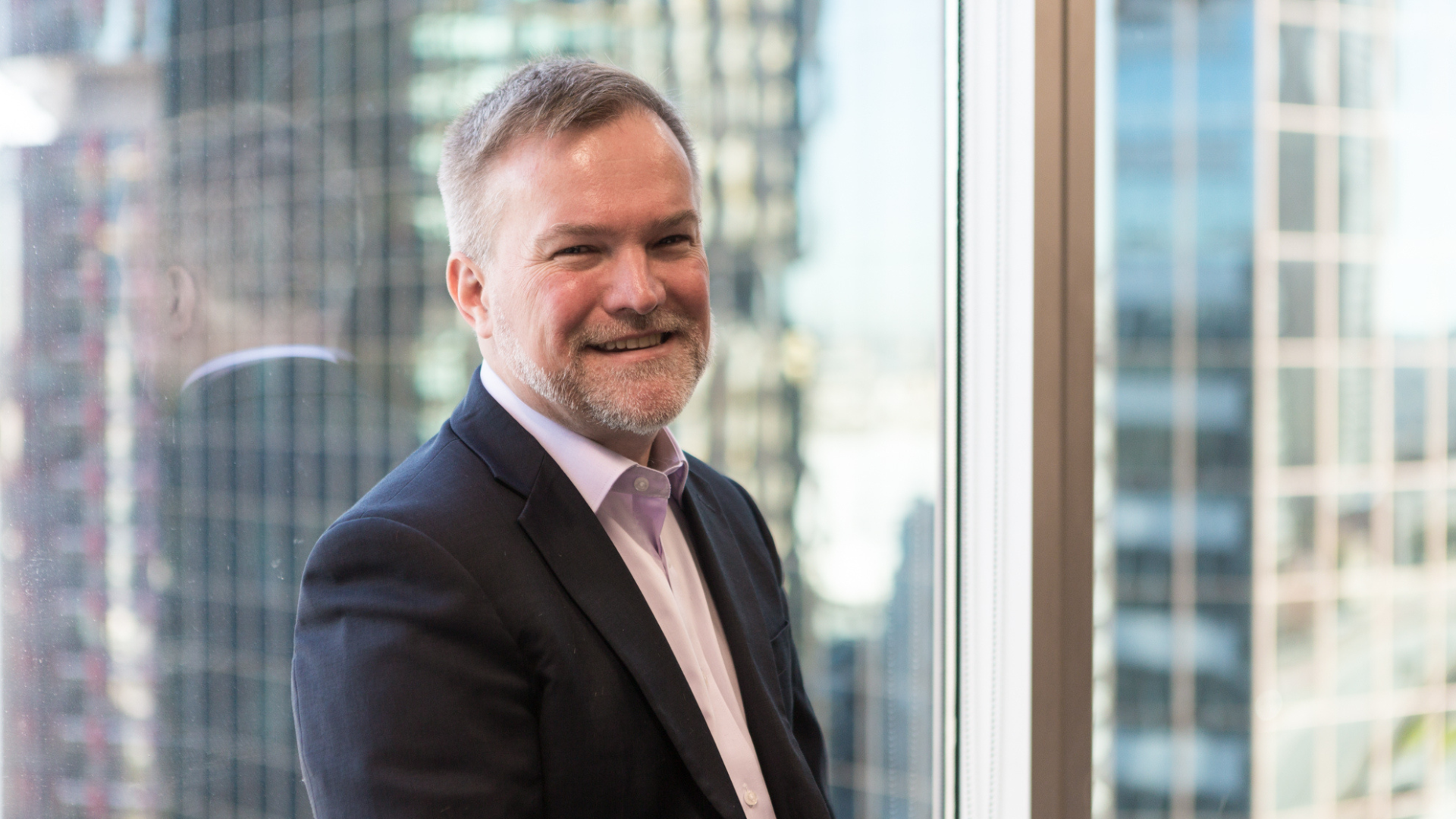… as Antler offers new model for venture
The case for venture capital as an institutional investment has never been more apparent. As others in the private markets generally are saying, “where else are you going to invest?” While a new model doesn’t make it any easier for Australia’s big funds to invest locally, it does so globally.
The new model consists of the establishment and corporatisation of a venture capital eco-system, with currently eight country-based operations, which have established early stage seed funds, feeding their top picks into a global fund.
In Australia, the Sydney fund has recently closed after raising A$46 million, slightly ahead of its aim, alongside the other seven countries’ offices, which all aim for US$30 million. The global fund is expected to close mid 2021, above its target of US$600 million.
The business is Antler, founded in Singapore by chief executive Magnus Grimeland in 2017. He is a former McKinsey junior partner – and Navy Seal – who was a co-founder of the e-retailing fashion business Zalora. Other key executives include co-founders Stefan Jung, the CIO, co-founder Fridtjof Berge, COO, and Jussi Salovaara, co-founder and managing partner for Asia, who are all based in Singapore.
Running the Australian business, with 24 people, in Sydney are partners Anthony Millet and Bede Moore. The Australasian capital-raising partner is Allen Partners, which is currently focused on completing the first closure for the global fund.
A big part of the business model is its lead generation. Antler seeks applicants from each region who are prepared to demonstrate their capabilities and ideas over a three-month period. They will usually form partnerships with other budding entrepreneurs during that time and then are assessed by an investment committee as to whether to receive $100,000 from Antler as initial seed funding in return for 10 per cent of their venture.
“We typically get up to 2,000 applicants per location, or 50,000 per year globally” Millet says. “We end up with about 80 people representing, say, 35 businesses and we invest in 15 of them. On average, at each location, we choose about 1.5 per cent of the initial 2,000. It’s harder than getting into Harvard.”
The $100,000 tends to replace the usual “family and friends” investment rounds many entrepreneurs start with. About 80 per cent of the companies which have been given seed funding will go on to have their first formal investor raising of between $500,000 and $1.5 million within six months. “So, over five years we will create 1,500-2,000 companies around the world over which we will know exceptionally well and will-have pro-rata rights. We then hand them to our global fund to make a decision as to whether to take them to the next level.”
Millet says that the model also allows for fractionalisation among the investor base to suit small investors and co-investments down the track to suit larger investors, such as super funds.
Graeme Mather, head of product and distribution at Schroders in Sydney, chaired a webinar last week (October 30 – see separate report this edition) on private markets investing. He said that one of the reasons his firm had become an Antler client worldwide was to get a seat at the table when the crucial fund-raising rounds occurred. Schroder typically invests in second or third round raisings with venture. Peter Harrison, the firm’s global chief executive, has recently joined the Antler investment advisory board.
The local venture industry has long complained about lack of investment from Australia’s big super funds, but this appears to be changing. General partner Blackbird raised $500 million finalised in August from investors which included Aware Super, an early backer of the manager, HESTA, Future Fund, AustralianSuper and Telstra Super. Meanwhile, AirTree Ventures’ third fund of $275 million was backed by six institutional investors including AustralianSuper, Sunsuper and Statewide.
– G.B.










